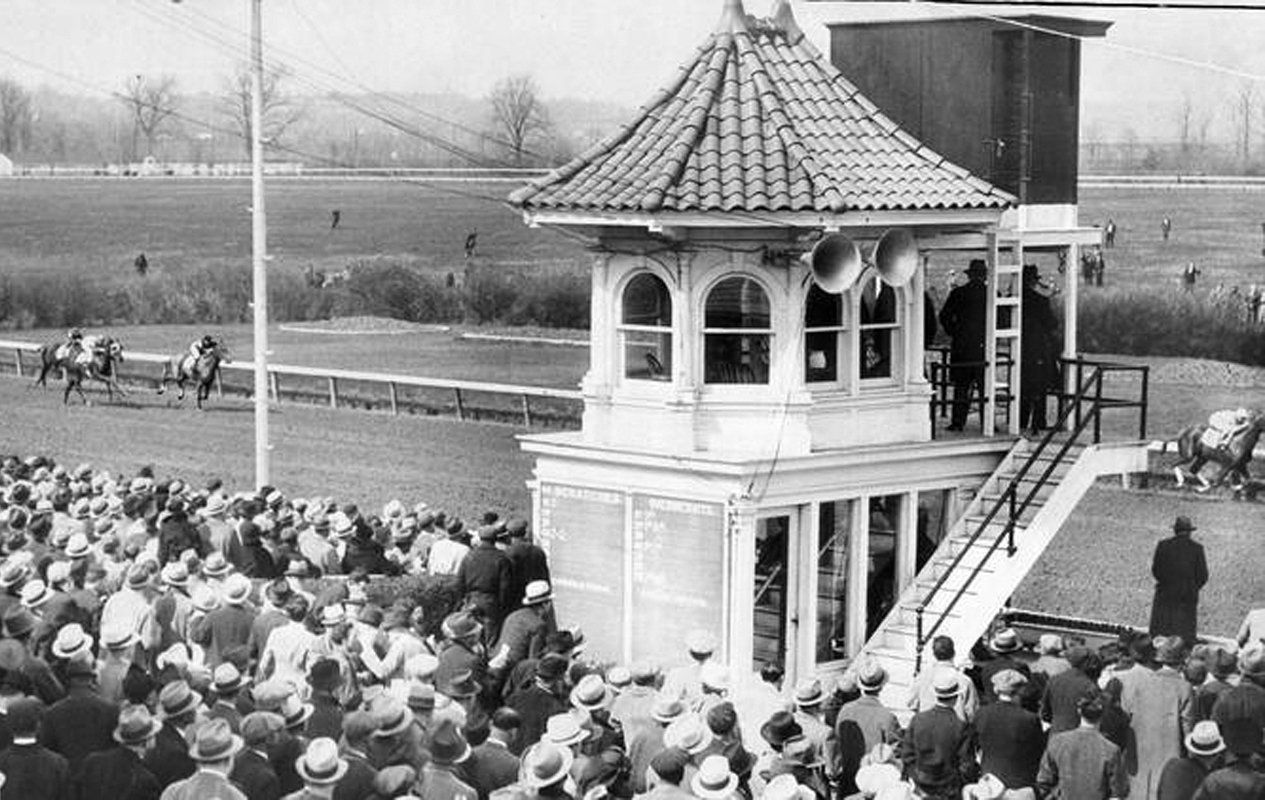Brief History
The history of Havre de Grace began with the voyage of Captain John Smith up the Susquehanna River in 1608. The area was inhabited by the Susquehannock Indians with whom Maryland enacted a treaty in 1652.
In 1658 Godfrey Harmer obtained a warrant for a 200-acre tract of land he called Harmer’s Town, located in what is now the center of the Havre de Grace Historic District. In 1695, a ferry service was established across the Susquehanna River and the area became known as Susquehanna Lower Ferry. This ferry formed a key transportation link for George Washington’s troops during the Revolutionary War and for Union troops during the Civil War.
The name Havre de Grace is attributed to General Marquis de Lafayette (1757-1834), who played a large part in the American Revolution. While on his way to meet General George Washington in Philadelphia in 1782, Lafayette admired the lovely view of the broad Susquehanna River as it opened into the Chesapeake Bay. He is said to have exclaimed, “C’est Le Havre!” for it reminded him of the French port city Le Havre (originally called Le Havre de Grâce). Our city was founded in 1782 and incorporated in 1785, making Havre de Grace the second oldest municipality in Maryland after Annapolis.
There were few buildings until 1781 when Robert Young Stokes established the town, laying it out in a grid pattern modeled after Philadelphia and giving the streets Revolutionary and French names.
On May 3, 1813, Havre de Grace was attacked by the British during the War of 1812 and nearly burned to the ground. Only a few structures survived, some of which are now marked with bronze plaques. By 1840, with the opening of the Susquehanna and Tidewater Canal and the coming of the railroad, Havre de Grace had become a bustling commercial location.
Businesses included fish packing and ice houses, flour and feed mills, a carriage factory, canning and textile industries, and whiskey making. And intertwined with all of that were activities of the Underground Railroad in helping people to cross the mighty Susquehanna River to freedom.
From 1912 to 1950 gambling and the Havre de Grace Racetrack (nicknamed “The Graw”) on the outskirts of the city brought notoriety to Havre de Grace as did the easy availability of liquor. The Graw was first owned by the Harford Agricultural and Breeders Association and also by the notorious gambler, Arnold Rothstein. Not surprisingly, Prohibition laws are said to have received only lackluster support in the town.
During the 1950s and 1960s, following the 1950 closing of the racetrack, Havre de Grace became a bedroom community for the Aberdeen Proving Ground and the Bainbridge Naval Training Center in Port Deposit.
During the 1970s the city began to appreciate and capitalize on its history, small-town ambience, and exceptional waterfront location. Some of the historic buildings downtown have been repurposed: a bank into a restaurant, a theater into a church, a post office into doctors' offices, and a hardware and dry-goods store into an antiques mall. And 1998 brought the opening of Bulle Rock, a world-class golf course, which hosted the LPGA Championship from 2005 through 2009, and named after the first thoroughbred racehorse raised in America.
Today, Havre de Grace has been recognized at #4 for Best Small Town Feel by Chesapeake Bay Magazine after Rock Hall, St. Michaels and Oxford. And the City has been named one of the top 50 small towns in America by Travel World, which described it as “a scenic and beautiful small town on the largest estuary in the United States.” In addition, the city was named by Smithsonian Magazine as one of the “Best 20 Small Towns to Visit in 2014,” and Bestchoicereviews.org named Havre de Grace 11th out of 50 communities with small downtown areas in the United States.
This is but a brief history of the city because there are numerous other sources at your local library and available online for those wishing to learn more.

